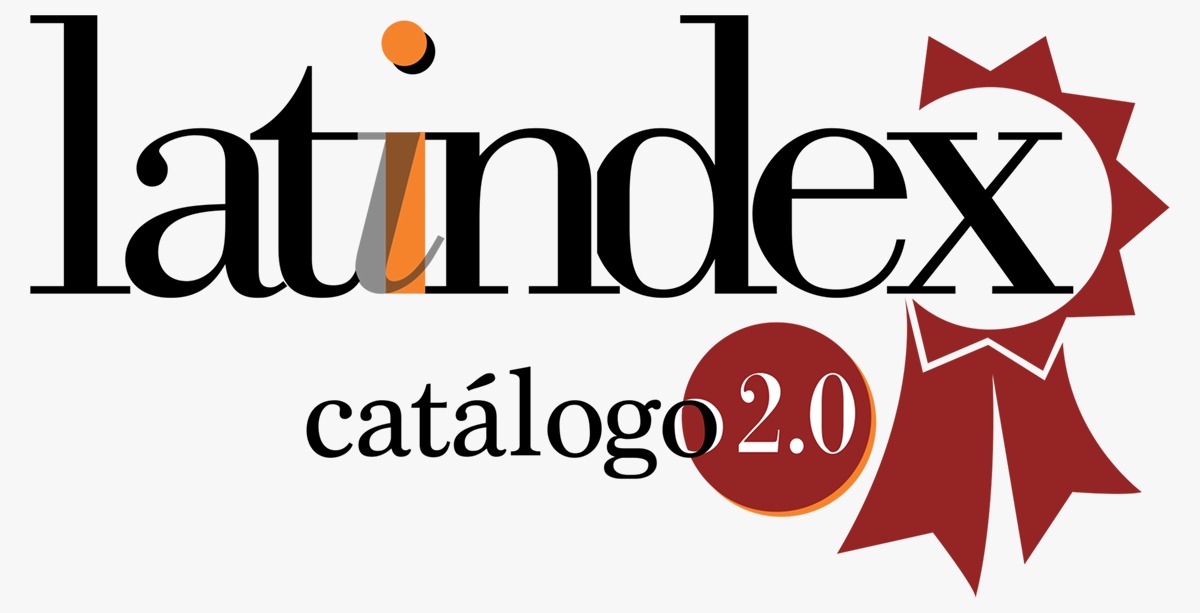Micro essay as a writing strategy to improve the learning of theoretical content and the enrichment of the language peculiar to the Architecture career
DOI:
https://doi.org/10.29197/cpu.v16i31.325Keywords:
write to learn, short essay, minute paperAbstract
Numerous studies show that writing facilitates learning from the processes involved in the determination and transformation of disciplinary knowledge, while at the same time promoting the participation of the students involved in the study and the commitment to their academic development. Evidence obtained from reading reports and short answer tests written in Methodology of Design and Research, a theoretical class of the second year of the Architecture career, verified the short retention ability of students and the weaknesses of diverse nature in the writing skills and in the appropriation of the specific vocabulary of architecture discipline. In this context, this study is proposed to promote the construction of knowledge and develop literary competences through the implementation of the short essay production strategy. As a result of the participation in a Diploma of Academic Reading and Writing offered by the Center of Excellence for the Dissemination of Reading and Writing of the Pontificia Universidad Católica Madre y Maestra, a participatory, qualitative research-action was carried out, through direct observation of student interactions, in order to discover the impact of writing on student learning. Data was collected directly from their classroom exercises, in such a way that their experiences were considered as in-hand analyzable data. As a result, improvement in the level of performance and interest in the topics developed in the researched class was noticeable. The mastery of the contents of the course and the specialized language (architectural) was much higher than before applying the strategy, as well as the improvement in writing skills. The study concludes that the implementation of micro-essays in the “Methodology of Design and Research” course, promotes an involvement of students with their learning and a greater identification with their career.
Metrics
References
Angelo, T. A., y Cross, K. P. (1993). Minute paper. Classroom assessment techniques: A handbook for college teachers, 148-153
Applebee, A. N. (1984). Writing and reasoning. Review of educational research, 54(4), 577-596
Battaglia, S. (2018). Importance of Essay Writing in University Learning. Obtenido de seattlepi.com: http://education.seattlepi.com/importance-essay-writing-university-learning-1401.html
Bazerman, C., Little, J., Bethel, L., Chavkin, T., Fouquette, D., y Garufis, J. (2016). Escribir a través del Currículum. Una guía de referencia. (F. Navarro, Ed.) Córdoba, Argentina: Universidad Nacional de Córdoba
Bean, J. C. (1982). Microtheme strategies for developing cognitive skills. New directions for teaching and learning, 12, 27-38
Biggs, J. (2004). Calidad del aprendizaje universitario (Vol. 7). Narcea ediciones
Bustamante Newball, J., y García Romero, M. (2005). El ensayo periodístico: una propuesta didáctica. Comunicar(24)
Carlino, P. (2004). Escribir a través del currículum: tres modelos para hacerlo en la universidad. Lectura y vida, 1, 16-27
Carlino, P. (2005). Escribir, leer y aprender en la universidad. Buenos Aires: Fondo de cultura económica
Castillo, S., y Cabrerizo, J. (2006). Formación del profesorado en Educación Superior. Desarrollo Curricular y Evaluación. Madrid: Mc Graw Hill
Clark, R. P. (2013). How to write short. UK: Hachette
Emig, J. (1977). Writing as a mode of learning. College composition and communication, 28(2), 122-128
Hartman, J. D. (1989). Writing to learn and communicate in a data structures course. ACM SIGCSE Bulletin, 21(1), 32-36
Johnson, C. (2011). Microstyle: The art of writing little. New York: WW Norton y Company
Martínez, M. (2006). La investigación cualitativa: síntesis conceptual. Revista de investigación en psicología, 9(1), 123-146
Navarro, F., y Chion, A. R. (2013). Escribir para aprender. Disciplinas y escritura en la escuela secundaria. Buenos Aires: Paidos
Newell, G. E. (1984). Learning from writing in two content areas: A case study/protocol analysis. Research in the Teaching of English, 265-287
Olaizola, A. (2011). El ensayo como herramienta en la enseñanza y el aprendizaje de la escritura académica.
Reflexión Académica en Diseño y Comunicación(16), 61-65
Pearson, P. D., Moje, E., y Greenleaf, C. (2010). Literacy and science: Each in the service of the other. Science Magazine, 328(5977), 459-463
Perea, E. C., y De la Fuente Prieto, J. (2013). Lenguaje del arquitecto: diagnóstico y propuestas académicas. REDU: Revista de Docencia Universitaria, 11(3), 301-320
Rodríguez Ávila, Y. (2007). El ensayo académico: algunos apuntes para su estudio. Sapiens. Revista Universitaria de Investigación, 8(1), 147-159
Stead, D. R. (2005). A review of the one-minute paper. Active learning in higher education, 6(2), 118-131
Svinicki, M., y Makeachie, W. J. (2010). McKeachie's teaching tips: Strategies, research, and theory for college and university teachers (13 ed.). (L. Schreiber-Ganster, Ed.) Wadsworth: Cengage Learning
Thompson, S. (Marzo de 2017). ‘Live’ essay writing – what are the benefits? Obtenido de Navitas: http://learningandteaching-navitas.com/live-essay-writing-benefits/
Weaver, R. L., y Cotrell, H. W. (1985). Mental aerobics: The half-sheet response. Innovative Higher Education, 23-31
Published
How to Cite
Issue
Section
License
Unless otherwise indicated, all articles in this journal are published under a
Licencia Internacional Creative Commons 4.0 Atribución-NoComercial-CompartirIgual .
The authors retain the copyright and assign the right to the first publication to the magazine.









